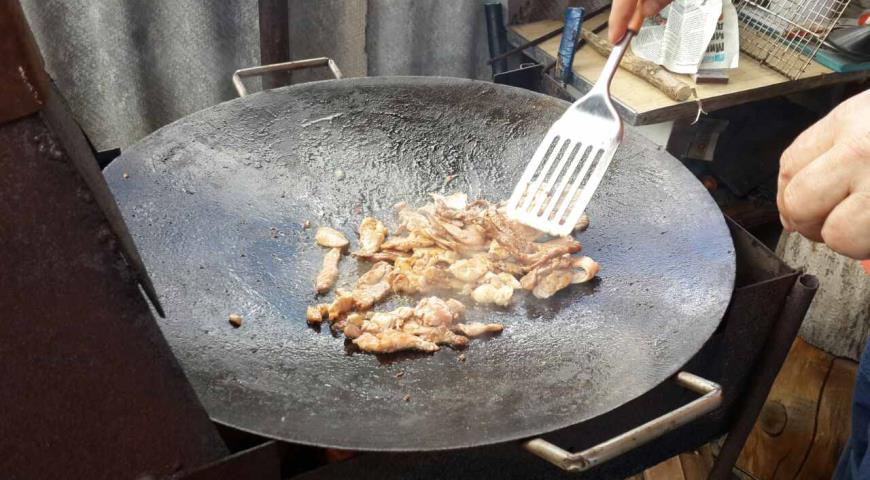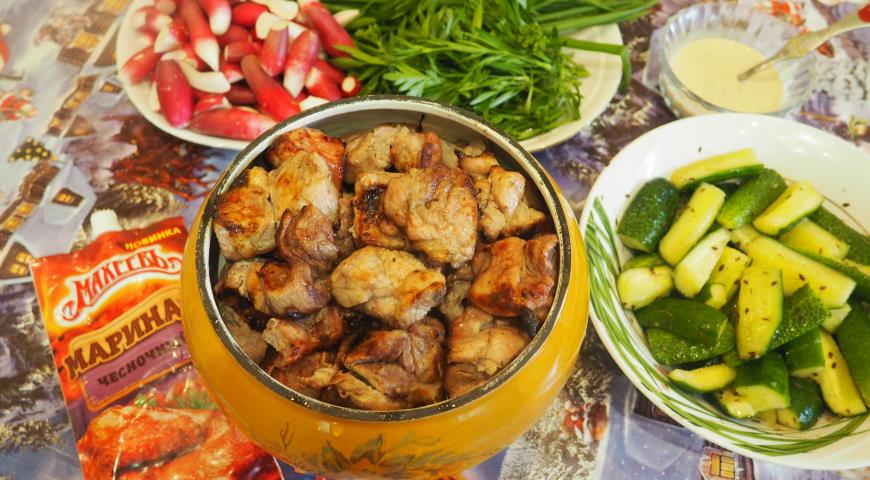 Pork shashlik on the grill. With Maheev marinade - always great taste!
Pork shashlik on the grill. With Maheev marinade - always great taste!
Saj
Saj is Turkish EVERYTHING! Therefore, the Turkish cuisine MENU is simply impossible without it! The most ancient invention of the nomadic Turks simultaneously performed many functions: the soldiers covered their backs during the battle, watered their horses in it, fried food on it and baked bread ... Saj was the most important thing in the marching life of the ancient Turks. Today, saj has come unchanged and is actively used in modern Turkish cuisine: in Turkish hotels, fish, meat and vegetables are widely fried on saj, and tourists are shown the preparation of gözleme cakes on the convex side of the saj. This flat, wide cast iron or steel skillet gave its name to the dishes cooked on it. Traditionally, fresh meat, peppers, eggplants, tomatoes are cooked on saj, frying them in vegetable or animal fat. The composition of meat and vegetables can be varied as desired. Saj dishes are unique and delicious: during cooking, vegetables exchange their taste with meat through butter or, ideally, fat tail mutton fat. It is customary to serve fresh chopped herbs with saju - cilantro, basil, young onions. My saj is made from a large Soviet disc harrow. I saw this life hack in one culinary show about ... Argentinean cuisine! It turns out that they know and actively use this unique frying pan.
- meat, sirloin (veal, lamb, chicken; or all at once) 500 g
- fat tail 80 g
- sweet pepper 2 pcs.
- bitter pepper 1 pc.
- garlic (head) 1 pc.
- large eggplant 1 pc.
- zucchini (young, strong) 1 pc.
- carrots 1 pc.
- onion 1 pc.
- champignons whole 4 pcs.
- large whole tomatoes 3 pcs.
- cumin, ground red and black pepper, salt - to taste
- pomegranate seeds 100 g
- greens (cilantro, basil, onions) and flat cakes (lavash) - for serving
STEP-BY-STEP COOKING RECIPE
 Pork shashlik on the grill. With Maheev marinade - always great taste!
Pork shashlik on the grill. With Maheev marinade - always great taste!
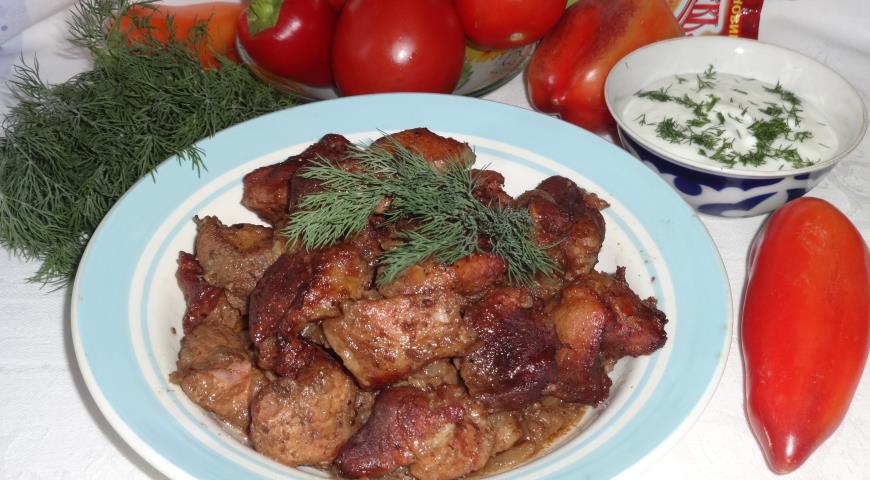 Pork skewers in the sleeve
Pork skewers in the sleeve
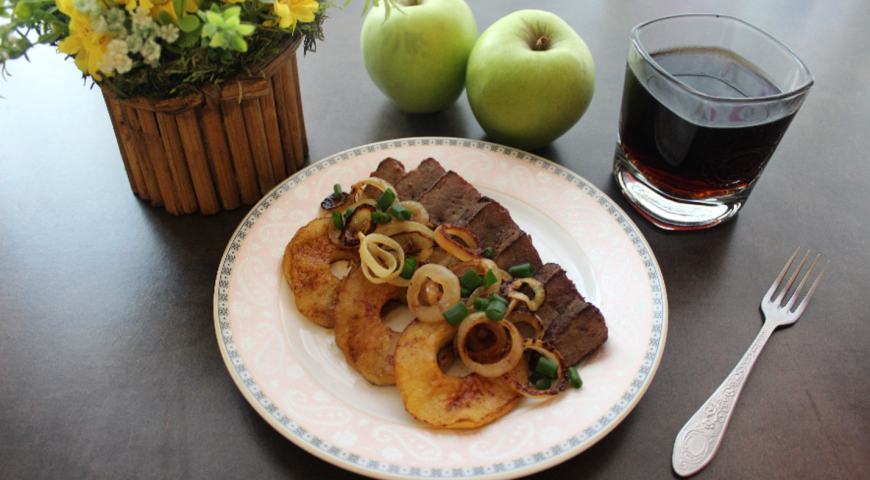 Beef liver with onions and apples
Beef liver with onions and apples
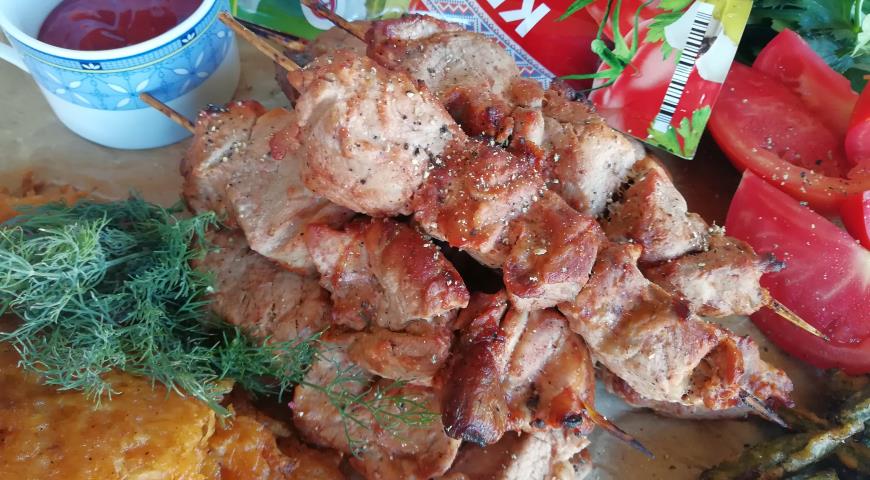 Pork tenderloin skewers in the oven
Pork tenderloin skewers in the oven
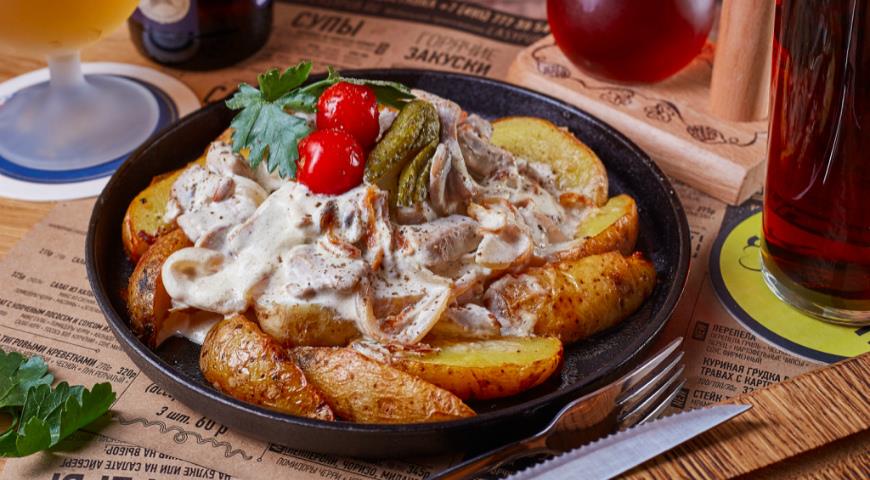 Roaster with pork in a creamy mushroom sauce
Roaster with pork in a creamy mushroom sauce
 Leberkese (meat bread)
Leberkese (meat bread)
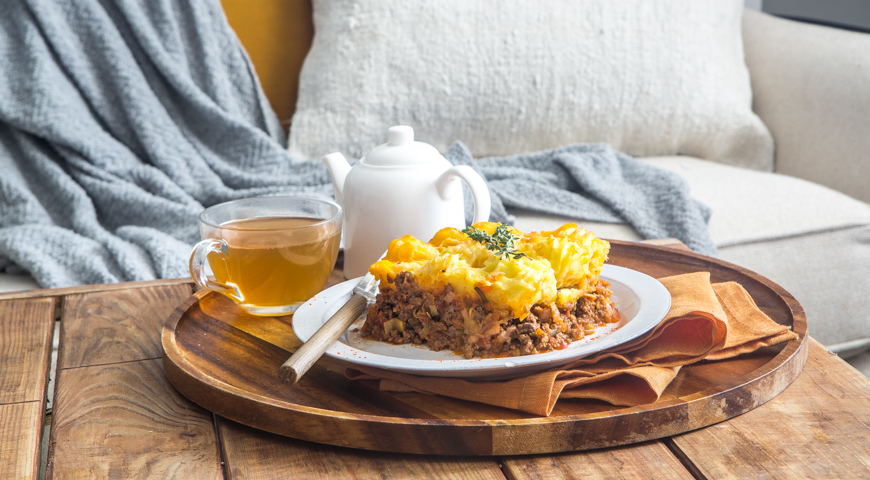 Veal Pie
Veal Pie
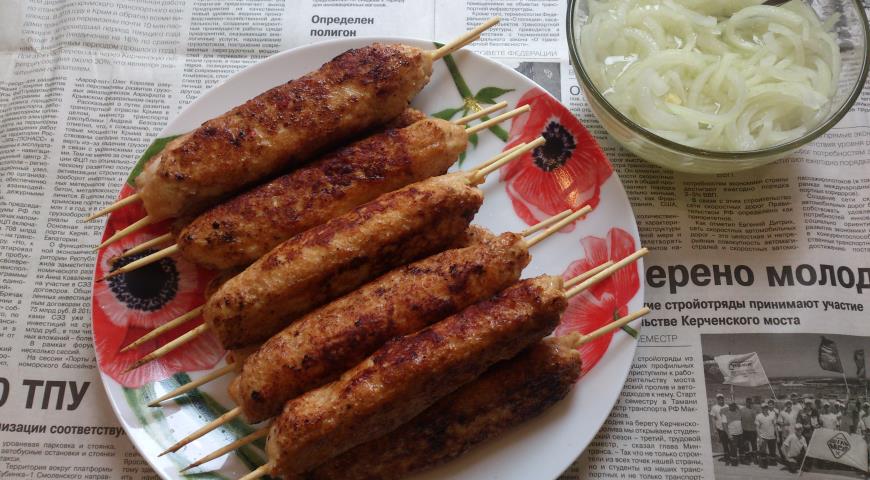 Chicken fillet lula kebab with adjika
Chicken fillet lula kebab with adjika
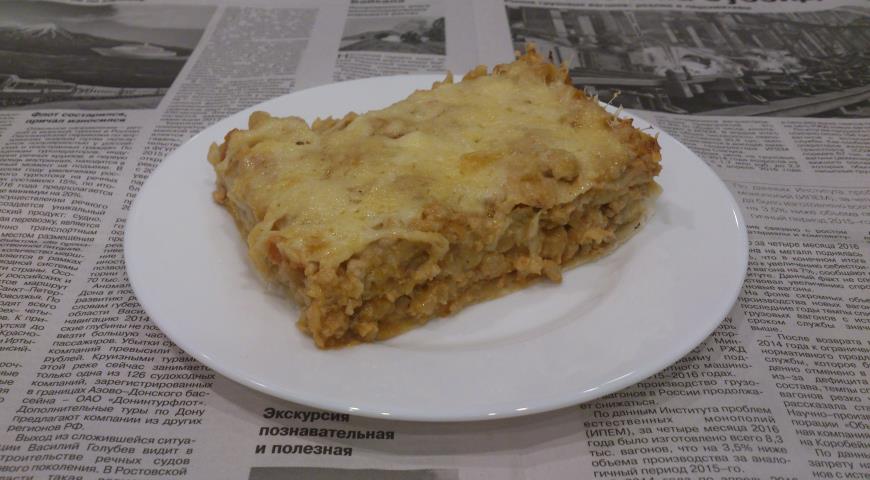 Lavash lasagna
Lavash lasagna


